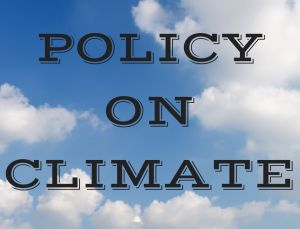
What defines a ‘climate victim’? The impossible conundrum for the UN, facing claims for any climate-related disaster, is: would/could it have happened (to the same magnitude) anyway, for example due to natural factors or mistakes of some kind, regardless of unproven theories about possible human causes behind weather events? Eligibility for compensation depends on the answer, but funds obviously aren’t unlimited and nobody will readily accept a refusal.
– – –
Since January, swathes of southern Africa have been suffering from a severe drought, which has destroyed crops, spread disease and caused mass hunger.
But its causes have raised tough questions for the new UN fund for climate change losses, says Climate Home News.
Christopher Dabu, a priest in Lusitu parish in southern Zambia, one of the affected regions, said that because of the drought, his parishioners “have nothing”- including their staple food.
“Almost every day, there’s somebody who comes here to knock on this gate asking for mielie meal, [saying] ‘Father, I am dying of hunger’,” Dabu told Climate Home outside his church last month.
The government and some humanitarian agencies were quick to blame the lack of rain on climate change.
Read the rest of this entry »























